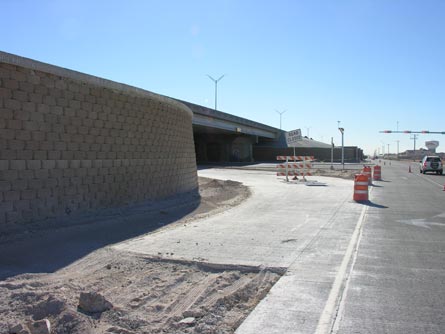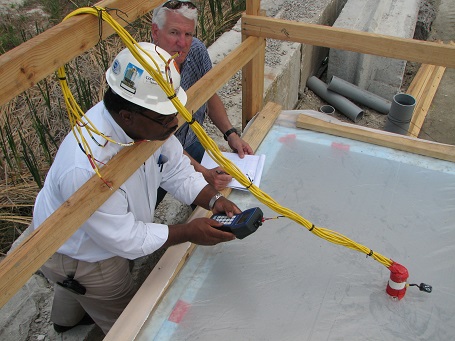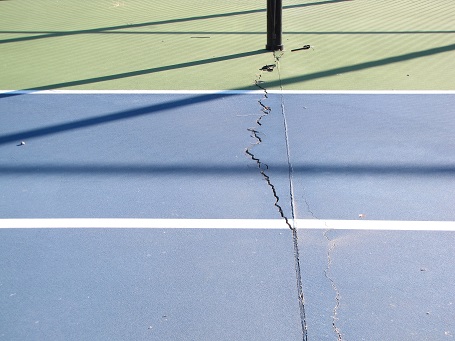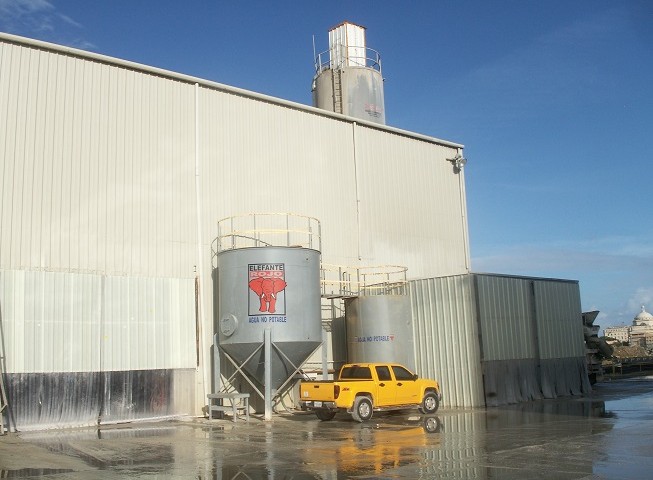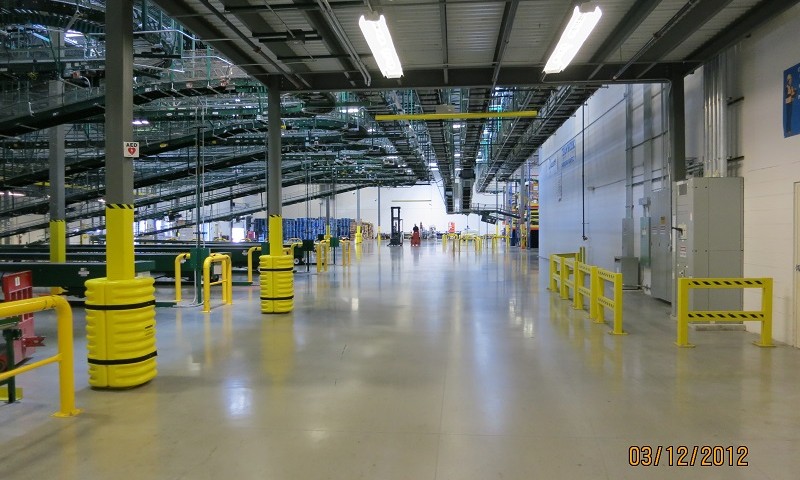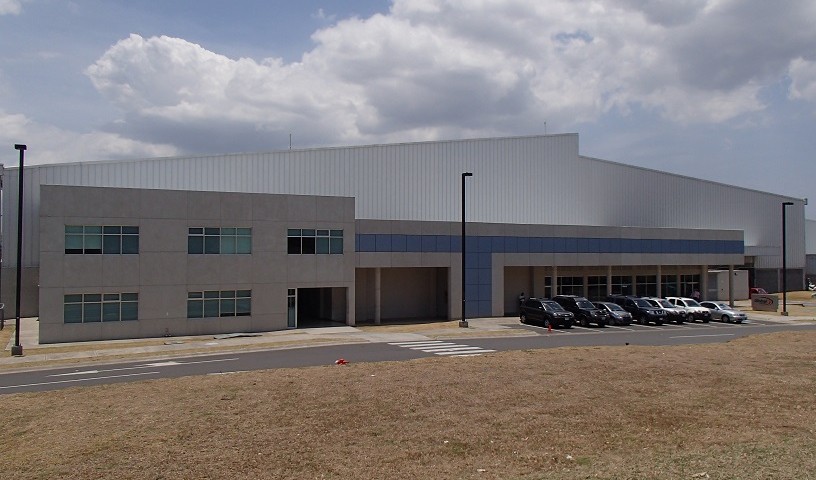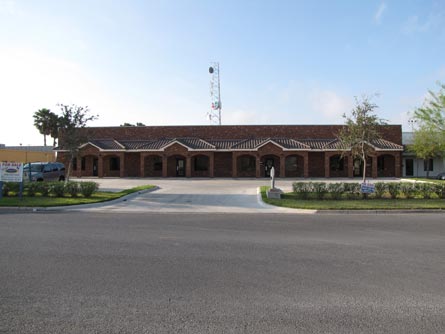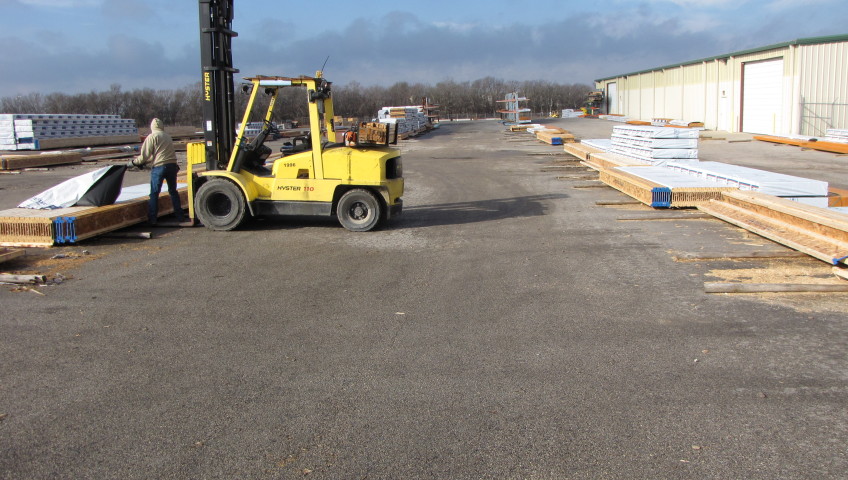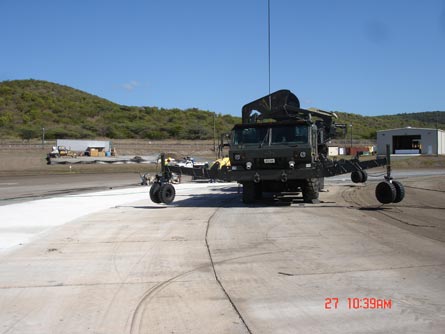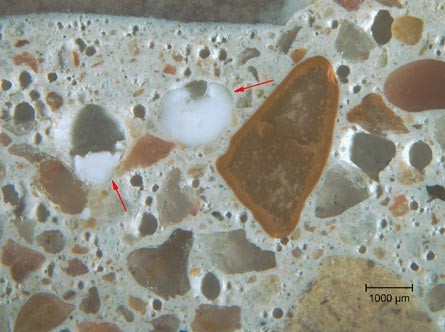This project consisted of conducting a forensic investigation into the cause(s) of the observed random cracking and poor quality finished surfaces in the continuously reinforced concrete pavement (CRCP) highway intersections along sections of Loop 375 in El Paso, Texas. During this investigation, CA conducted a visual inspection of the CRCP sections exhibiting distress, performed a petrographic examination of concrete cores obtained from the pavements being investigated, reviewed reports from other investigators, evaluated the concrete production records, and reviewed construction related documents including weather conditions and construction daily reports. The observed distress consisted primarily of poor quality finished surfaces and random plastic shrinkage cracking. Findings indicated that high evaporative weather conditions, lack of protection of the concrete surface, and poor concrete curing practices contributed to the distress observed. The distressed CRCP highway sections were removed and replaced.
